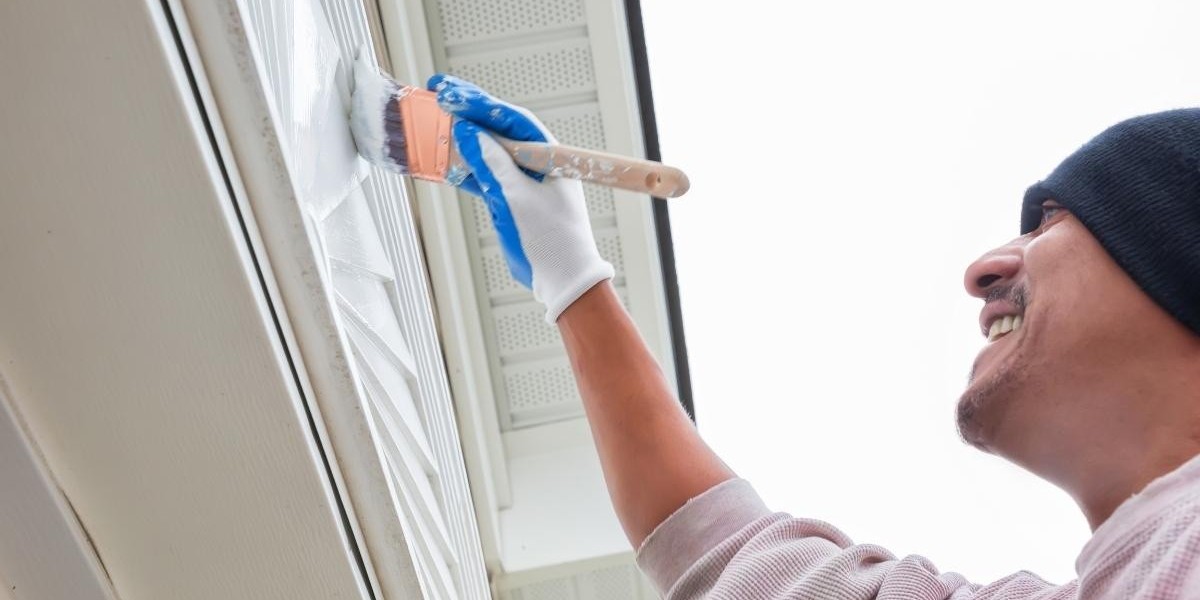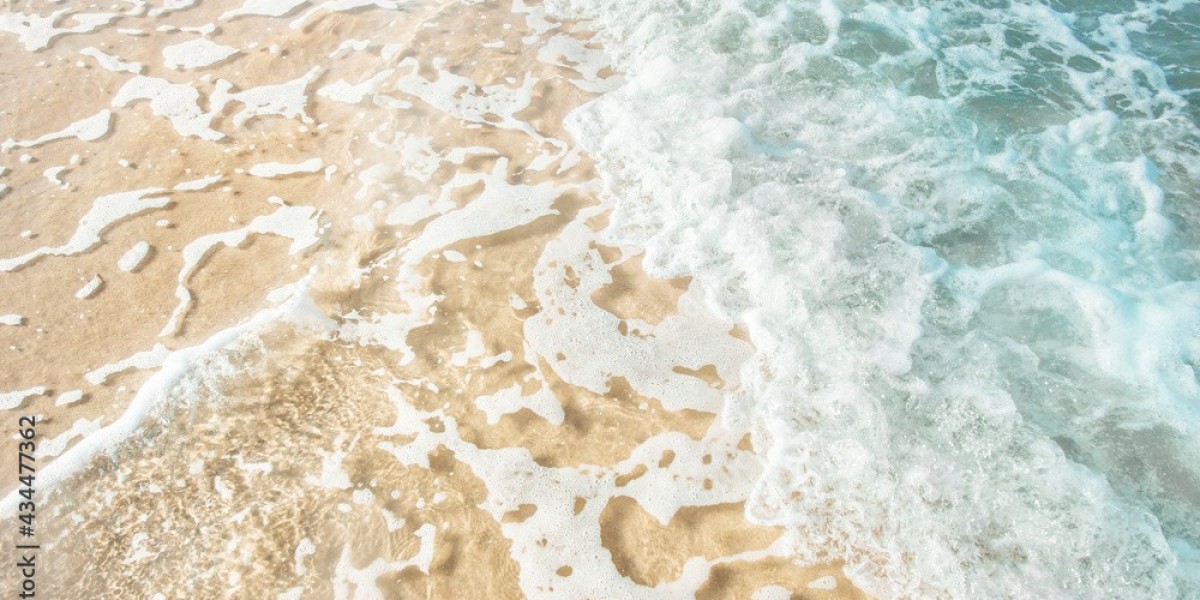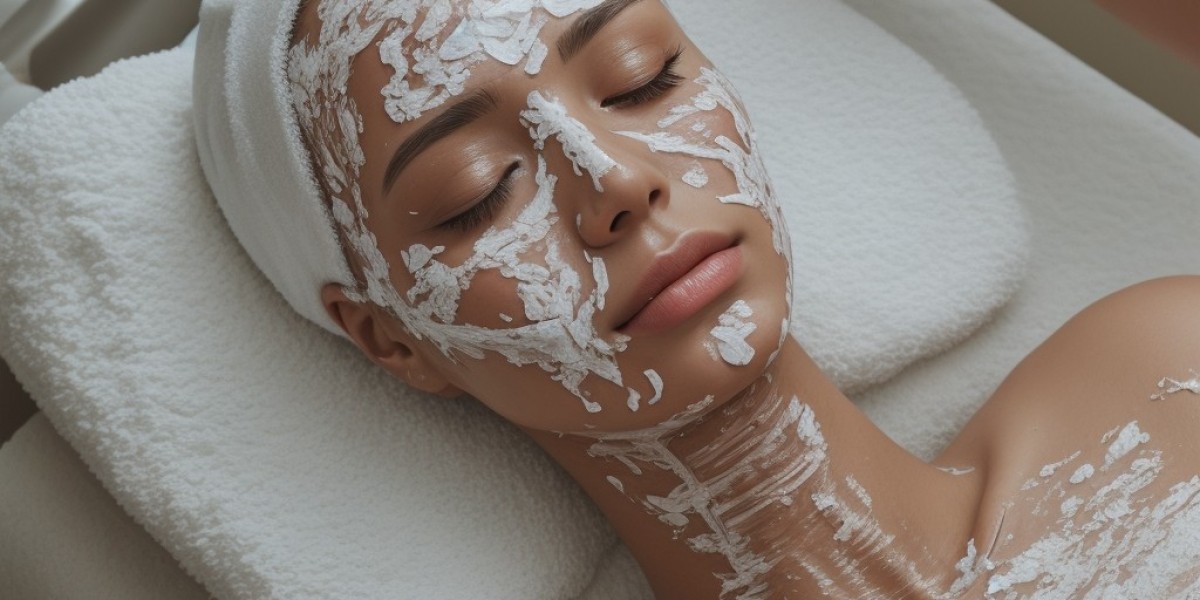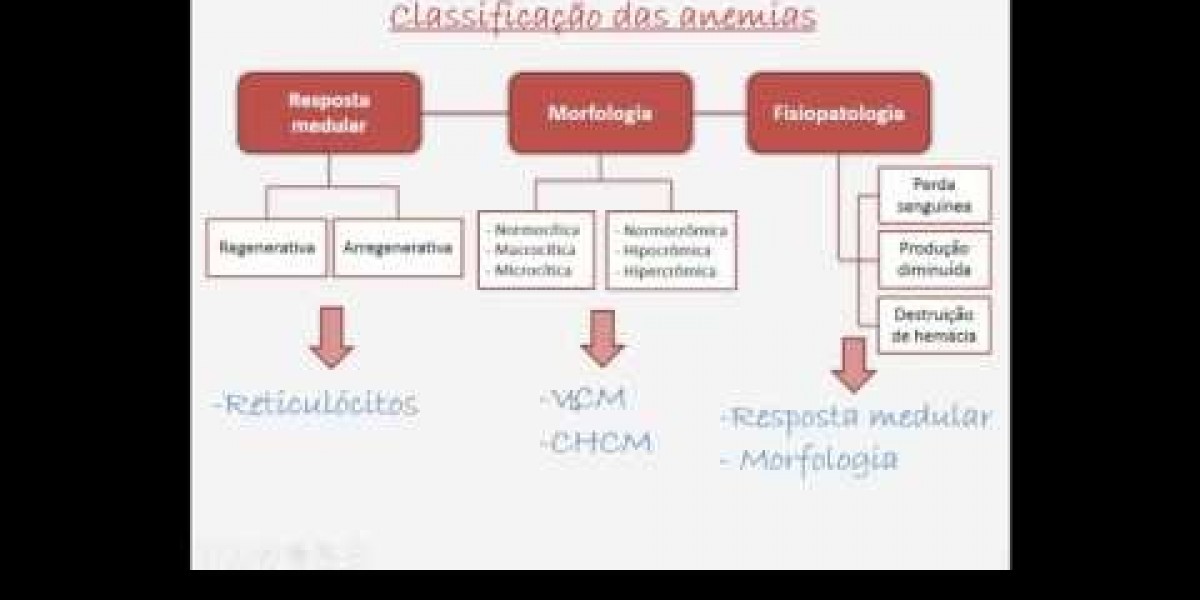Painting the outside of a house is part chemistry, part weather forecasting, and part practical timing. Get the temperature and conditions wrong and the finish can blister, peel, or not cure fully. Get them right, and the paint bonds, levels, and lasts. This guide explains the temperature and environmental rules exterior house painters use, how dew point and humidity affect results, what to watch for in Bellingham’s climate, and a real-world case study from Next Step Painting LLC to show the principles in action.
Why temperature matters more than you might think
Temperature affects how paint flows, levels, and cures. Too cold and the binder won’t coalesce; too hot and the surface flash-dries, leaving poor adhesion and visible brush or roller marks. Paint makers list application temperature ranges on product data sheets because their chemistry performs predictably only within certain limits. Several major manufacturers recommend minimums in the mid-30s to low-50s Fahrenheit and upper limits generally below about 85–90°F. Follow the paint’s labeled range: it’s the single most important technical rule for success.
Manufacturer guidelines — the baseline rules
Different formulations have different tolerances:
Many acrylic latex exterior paints are formulated to apply down to about 35–40°F (some specialty exterior lines extend to ~35°F), but typical ideal application windows start at 50°F and extend up to around 80–90°F depending on the product.
Oil-alkyd systems and traditional enamels generally require warmer minimums (often 50°F or higher).
Manufacturers also insist that temperatures remain within the acceptable range for a specified cure window after application — commonly 24–48 hours — so short warm spells followed by cold nights are risky.
Always check the paint can and the technical data sheet for the specific product you plan to use; those numbers are based on lab testing and are the tolerances a professional exterior house painter respects.
Dew point and surface temperature: the often-missed restriction
Temperature alone isn’t enough. A key rule pros use is to paint only when the surface temperature is a few degrees warmer than the dew point. If a surface is within about 3–5°F of the dew point, moisture can condense on the paint film as it’s forming, causing blistering, poor adhesion, or whitening (frosting). Measuring air temperature, surface temperature, and the dew point before starting — and through the job — avoids costly rework. Instruments and simple dew point calculators can help make this decision reliable rather than guesswork.
Humidity, wind, and sunlight — the supporting cast
Humidity: High relative humidity slows drying and increases the risk of moisture-related failures. Many manufacturers recommend painting when relative humidity is moderate (often below 70% and ideally under ~50%), and caution that cure times increase as humidity rises.
Wind: Strong wind can carry dust and dirt into wet paint and cause unwanted texture by accelerating surface drying. It can also cause overspray during spray application. Avoid painting on very windy days.
Direct sun and extreme heat: Painting in direct hot sun can cause “flash” drying of the surface. The paint film skins over quickly while the film underneath remains wet; the result is poor adhesion and visible lap marks. Whenever possible work shaded areas or plan work for cooler parts of the day when surfaces and air are in the right range.
What that means for Bellingham, Washington — local timing and tactics
Bellingham’s climate is mild with a distinct warm, drier window in summer and early fall. The warm season generally runs from mid-June through mid-September; July and August typically give the most reliable warm, dry days for exterior work. Average daytime highs in August sit in the low 70s°F, while evenings cool and humidity can rise — so plan paint work for mid-morning to mid-afternoon windows when surface temps are warm but dew has lifted.
Practical local tips:
Aim for a string of dry days with daytime highs comfortably within the paint’s recommended range and overnight lows that don’t fall below the product’s minimum.
Avoid early-morning starts before dew has burned off; surfaces should be dry and at least 3–5°F above the dew point.
Late summer is often the best blend of temperature and dry weather; spring can work but carries more rain risk, and fall can bring unpredictable wet spells.
Substrate and surface temperature: it’s not just the air
Wood siding, composite panels, and metal hold heat and cold differently. A surface in shaded north exposure can be several degrees colder than air temperature; a dark asphalt shingle next to a siding plane can radiate heat and raise local surface temperatures. Pros measure the actual surface temperature with an infrared thermometer to be sure it’s in range, not just rely on the weather app. If the surface is too hot, wait for later in the day; if too cold, wait or choose a paint product rated for lower-temperature application.
Scheduling strategies an exterior house painter will use
Window strategy: Book work during the longest consecutive dry stretch you can find; one rainy night can wipe out a day’s finishing.
Time-of-day strategy: Late morning to mid-afternoon usually offers the best balance — dew gone, heat not yet extreme. Avoid painting in direct midday sun on very hot days.
Product selection strategy: Use paint lines formulated for lower-temperature application if you must paint earlier or later in the season (these products are engineered to coalesce at lower temps).
Test patch: Do a small test panel to confirm film formation and color appearance across the day and into the evening.
Case study — Next Step Painting LLC: managing weather for a successful July project
Project snapshot: A two-story Bellingham craftsman required a full exterior repaint in late July. The owners wanted a durable finish but also had a narrow scheduling window before a family reunion.
What Next Step Painting LLC did:
Weather window selection: The crew selected a five-day forecast with daytime highs in the low 70s and minimal overnight cooling below product minimums. This provided enough cure time between coats.
Product choice: The team chose an acrylic exterior formula rated down to 35–40°F and noted the manufacturer’s requirement that surfaces be at least 5°F above dew point for 48 hours after application. They planned a morning start after dew-off.
Surface checks: Technicians used an infrared thermometer to verify surface temperatures and a handheld hygrometer to check ambient humidity and dew point during each day.
Work sequencing: Shaded north and west elevations were painted mid-afternoon when surface temps had warmed, while sun-exposed south elevations were scheduled for early morning to avoid late-day flash drying. They avoided painting during an afternoon wind forecast.
Outcome: The paint leveled well, adhesion was excellent, and no condensation or blistering occurred. The homeowners reported a consistently smooth, long-lasting finish at the family reunion.
This example shows how selecting the right days, checking surface temperature and dew point, and matching product chemistry to conditions eliminates most weather-related failures.
Hiring tips for homeowners in Bellingham
If you’re sourcing an exterior house painter in Bellingham Washington, ask:
Which paint lines they prefer and why (and confirm the product temperature limits).
How they check dew point and surface temperatures during a job.
Their plan for weather interruptions and what warranty they offer for weather-related failures.
How they protect landscaping and manage overspray or dust during sanding and preparation.
A trusted contractor will schedule proactively, communicate a weather plan, and be transparent about the risks of painting outside of ideal conditions.
Quick reference checklist
Check paint can / data sheet for min/max application temperatures and cure window.
Confirm surface temp is at least 3–5°F above dew point before starting.
Avoid painting when relative humidity is very high (ideally under ~70% and lower if the product specifies).
Don’t paint in direct, hot sun or strong wind.
Plan for a multi-day dry window and check overnight lows won’t drop below limits.
FAQs
Q: Can I paint in the low 40s if the sun is out?
A: It depends on the paint’s technical sheet. Some modern exterior paints will accept lower temps (down to ~35°F), but manufacturers usually require the paint, air, and surface to remain above the limit for a specified cure time. Measure surface temps and dew point; a sunny day can warm surfaces but overnight temps still matter.
Q: What’s the single most important measurement besides air temperature?
A: Dew point relative to surface temperature. Even warm air can allow condensation on a cold surface; paint over condensation fails. Use a hygrometer and infrared thermometer for reliable readings.
Q: Is summer always best in Bellingham?
A: Summer (late June through August) is usually the most reliable window because it balances warmth and lower rainfall, though humidity still matters. Late July–early September often gives the most usable days for exterior work.
Conclusion
Painting outside successfully is about matching product chemistry to the real-world environment. The best temperature for painting outside is not one magic number — it’s a safe zone defined by the paint’s labeled range, a surface temperature comfortably above the dew point, moderate humidity, and the absence of rain, extreme wind, or blinding sun. For homeowners in Bellingham, careful scheduling around the summer dry window, measuring surface conditions, and working with a knowledgeable exterior house painter in Bellingham Washington like Next Step Painting LLC will minimize risk and deliver a finish that looks great and lasts.
































